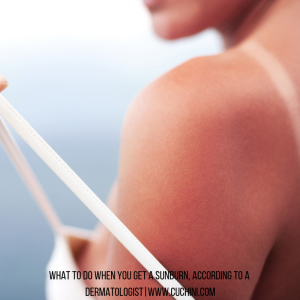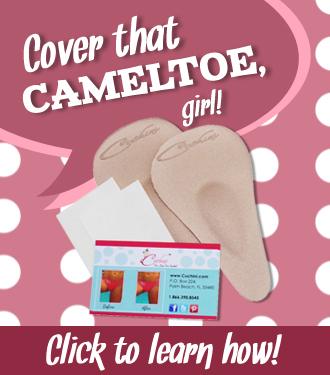 It’s almost too easy to get carried away while you’re having fun in the sun. Despite the blistering heat, you might not recognize your skin sending you stress signals before you’re red all over and officially sunburnt.
It’s almost too easy to get carried away while you’re having fun in the sun. Despite the blistering heat, you might not recognize your skin sending you stress signals before you’re red all over and officially sunburnt.
Sunburn, although extremely common in the summer and in tropical climates like ours, is a serious condition that needs special attention. Most sunburns are first degree burns but when severe can cause swelling and even fluid-filled papules called vesicles or blisters.
Hence if you’re heading to the beach or simply love your time in the sun, here’s a derma-approved guide to treating sunburnt skin:
How to know if you’re sunburnt
You have a sunburn when your skin turns red, feels warm, and becomes painful after being under the sun. According to a dermatologist, other symptoms can manifest internally as well. Oftentimes those who have sunburn involving large areas of the body may feel feverish. Some experience the chills, headache and body weakness.
What to do when you get a sunburn/How to treat it
First of all, you have to act fast. Find shade immediately (or even better, stay indoors) to avoid further sun exposure and high temperatures. Treat your skin from the inside out by doing the following:
Drink lots of water.
Take a cool bath or shower.
Apply cold compresses to sunburnt areas.
Apply gentle soothing creams and moisturizers such as ones that contain aloe vera.
What NOT to do when you get a sunburn
In your haste to get better, you might opt to try different things to speed up the healing process. While we can’t say you shouldn’t, here are a few things to avoid:

Avoid using products that could further irritate the skin. (Products with heavy fragrance, alcohol, etc.)
Stay away from direct sunlight and heat exposure.
Wear soft non-abrasive clothing such as cotton or silk.
Once your start peeling, let your skin shed naturally and avoid force-peeling.
How to calm down sunburnt skin and prevent irritation
What you do after first aid is equally crucial to healing burnt skin. You may visit your dermatologist for some extra help, they may prescribe you with topical steroid creams for inflamed areas. If your sunburn feels particularly painful still, the derm says you may attempt taking pain relievers such as ibuprofen, which will reduce discomfort and swelling.
As you do all this, wear protective clothing (long sleeves, jackets, etc.) and sunscreen when you step outside. Don’t forget to keep your skin moisturized with emollient creams as well to give it a protective film that prevents further irritation through dryness.
 Did you enjoy this article?
Did you enjoy this article?






